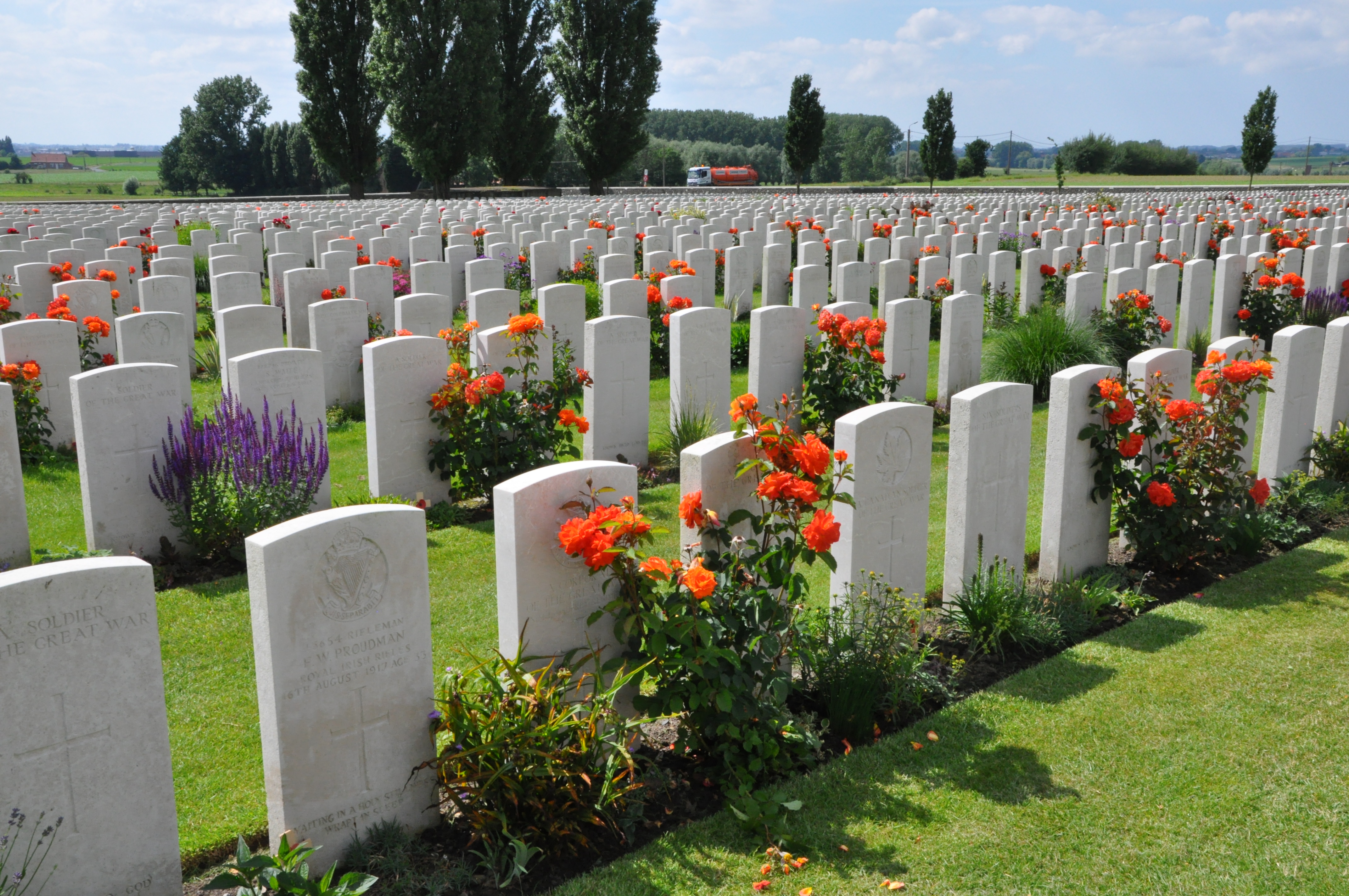Today, Friday 1 July 2016, is the 100th anniversary of the beginning of The Battle of the Somme. The Battle of the Somme also known as the Somme Offensive, was a battle of the First World War fought by the armies of the British and French empires against the German Empire. It took place between 1 July and 18 November 1916 on both sides of the upper reaches of the River Somme in France. It was the largest battle of World War I on the Western Front. More than one million men were wounded or killed, making it one of the bloodiest battles in human history.
Later today, Archbishop Eamon Martin, Archbishop of Armagh, will join Church leaders from Ireland and up to three thousand people to participate in a ceremony of worship at the Ulster Memorial Tower, Thiepval, France, to commemorate the 100th anniversary of The Battle of the Somme.
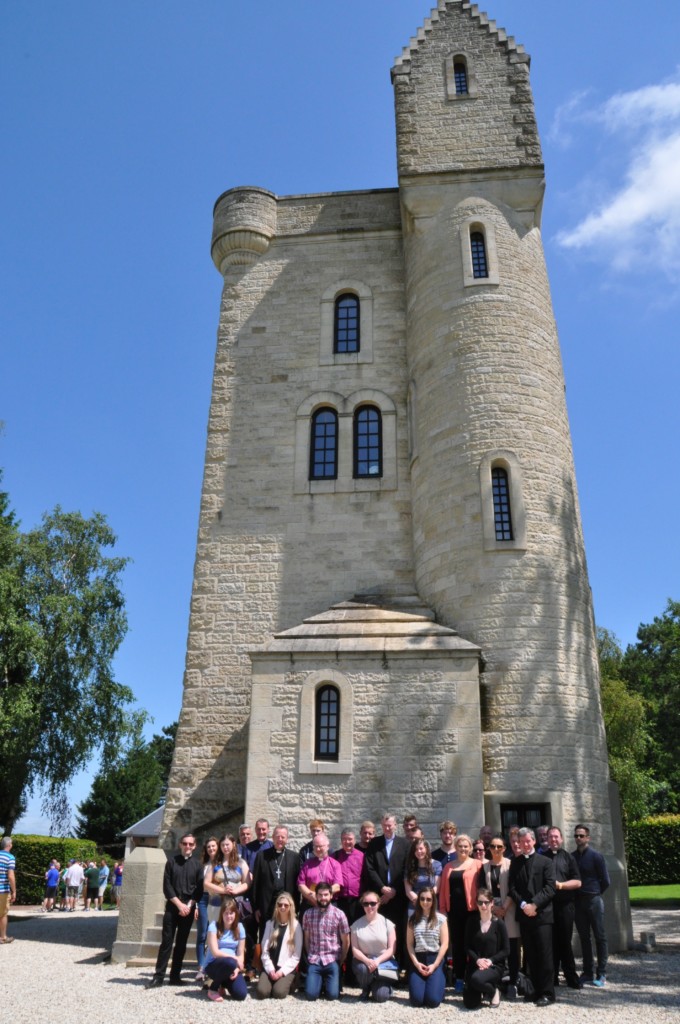
The Ulster Tower
Today’s Order of Service will include Rev Bill Mullally, President of the Methodist Church in Ireland, who will lead the congregation in the call to worship; Archbishop Eamon Martin will read a passage from Scripture (Jn 15: 7-14); Rev Frank Sellar, Moderator of the Presbyterian Church of Ireland will lead The Lord’s Prayer; and Archbishop Richard Clarke, Church of Ireland Archbishop of Armagh, will deliver the address at the Divine Service.
This commemoration service is part of a three-day ‘Battle of the Somme 100th Anniversary Tour’ which has been organised by The Somme Association, a registered charity based in Newtownards, County Down.
Archbishop Eamon’s participation in today’s commemoration follows on from his visit last week with Archbishop Richard Clarke, and young people from across the island of Ireland, to places linked to the Easter Rising and the First World War.
Beginning at the Memorial Wall at Glasnevin Cemetery in Dublin and continuing on to significant battle sites of the First World War in France and Belgium, the archbishops led a centenary pilgrimage of 32 people including a number of young adults from across Ireland from the 22 to the 24 June, in what they described as ‘a spirit of peace-building’.
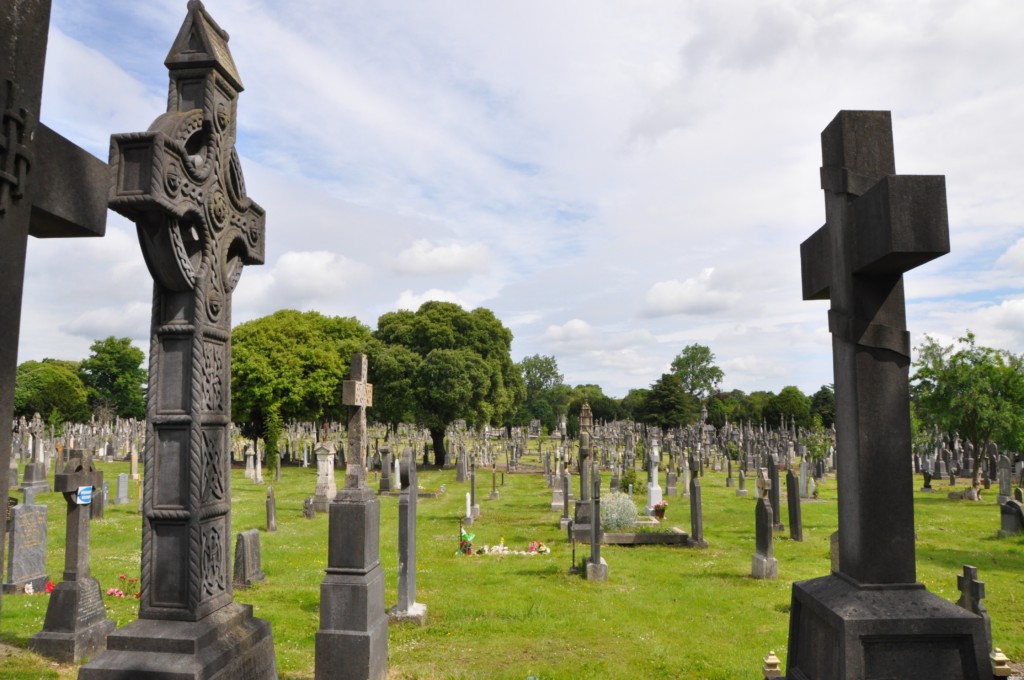
Glasnevin Cemetery
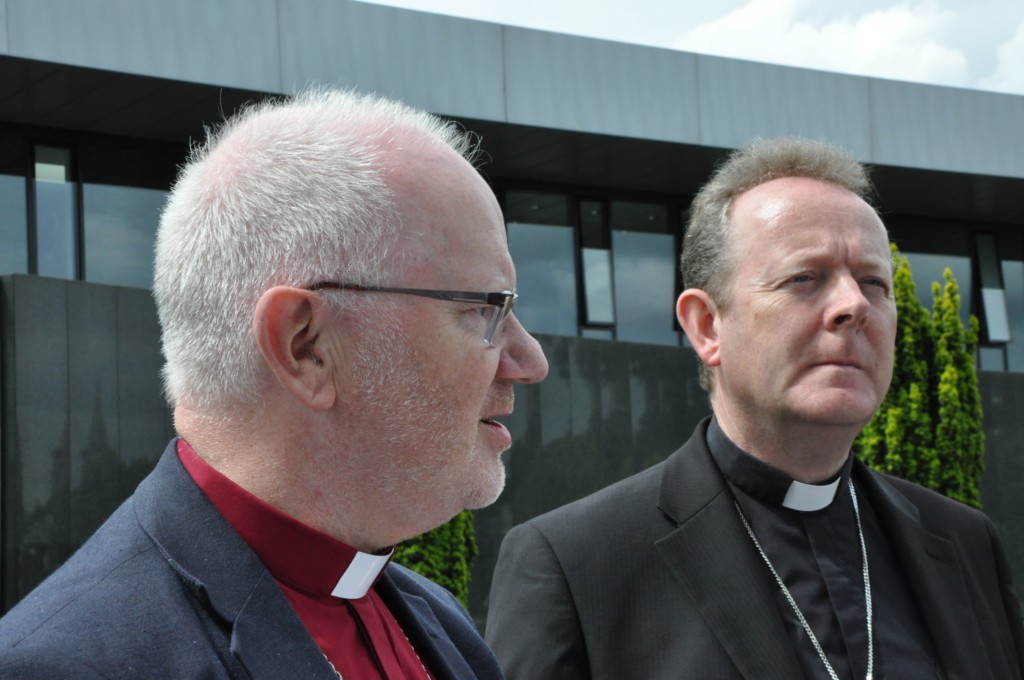
Archbishops leading prayers at Memorial Wall in Glasnevin Cemetery
The centenary pilgrimage began with a guided tour of Glasnevin Cemetery and the recent Memorial Wall there which recalls the names of all those who died in the Rising of 1916. In a pattern which continued at the Great War sites on the Continent, prayers were said at Glasnevin, articulating the vision for the trip. The pilgrims said, ‘We gather as brothers and sisters before God, seekers of peace and keepers of peace, mindful of a journey in healing, inclusion and peace-making that yet remains … mindful of the tragic loss of human life and especially of young lives, and of how violence obscures the path to social justice and conflict resolution.’
On Thursday 23 June, the pilgrimage group undertook tours of sites closely associated with both the 16th Irish Division and the 36th Ulster Divisions and the Battle of the Somme, including Guillemont and the Ulster Tower at Thiepval and the trenches at Thiepval Wood. The group participated in prayers at the Ulster Tower and Archbishop Clarke read from Wilfred Owen’s powerful war poetry, capturing the futility of war and the huge loss of young lives one hundred years ago. The group concluded the day by travelling to Ypres where the archbishops and two young people – Nicola Byrne from the Diocese of Kildare and Leighlin and Christopher West from Armagh Diocese – laid a wreath of white flowers symbolising peace at the poignant Last Post ceremony at the Menin Gate.
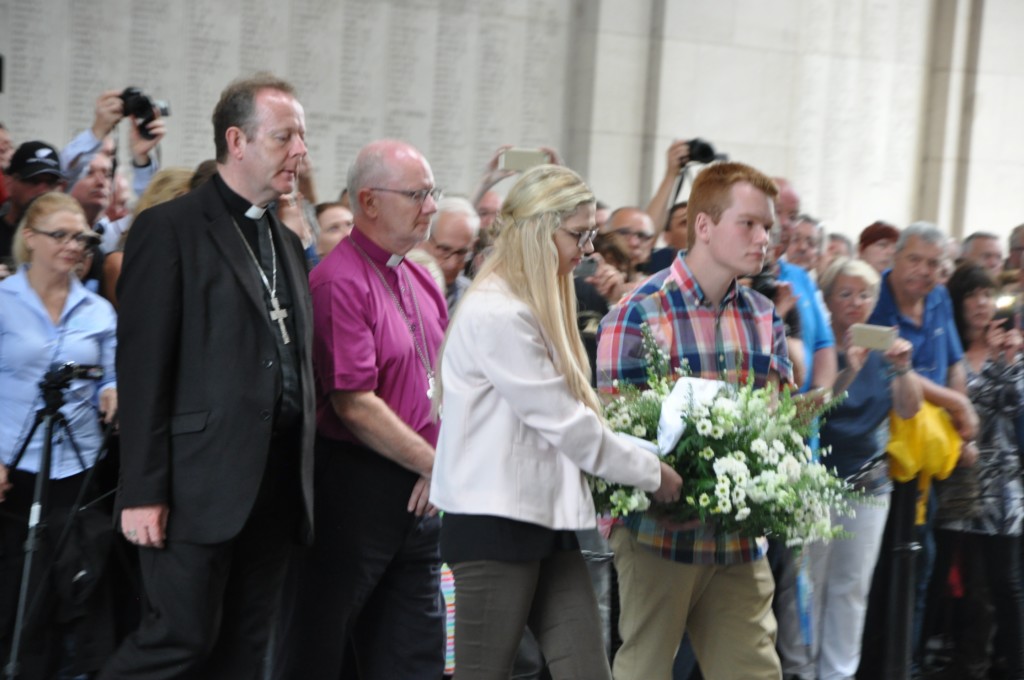
On Friday 24 June, the group visited the site of the 1914 Christmas truce and from there went on to the Island of Ireland Peace Park in Messines, with its distinctive Round Tower. Prayers were recited by the group and the archbishops led all the pilgrims in reciting the peace pledge which is inscribed on a brass plaque in the peace park.
The PeacePledge:
From the crest of this ridge, which was the scene of terrific carnage in the First World War on which we have built a peace park and Round Tower to commemorate the thousands of young men from all parts of Ireland who fought a common enemy, defended democracy and the rights of all nations, whose graves are in shockingly uncountable numbers and those who have no graves, we condemn war and the futility of war. We repudiate and denounce violence, aggression, intimidation, threats and unfriendly behaviour.
As Protestants and Catholics, we apologise for the terrible deeds we have done to each other and ask forgiveness. From this sacred shrine of remembrance, where soldiers of all nationalities, creeds and political allegiances were united in death, we appeal to all people in Ireland to help build a peaceful and tolerant society. Let us remember the solidarity and trust that developed between Protestant and Catholic soldiers when they served together in these trenches.
As we jointly thank the armistice of 11 November 1918 – when the guns fell silent along this western front – we affirm that a fitting tribute to the principles for which men and women from the Island of Ireland died in both World Wars would be permanent peace.
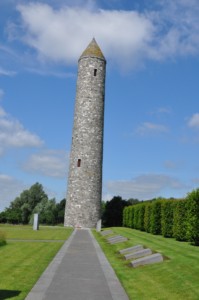
Island of Ireland Peace Park
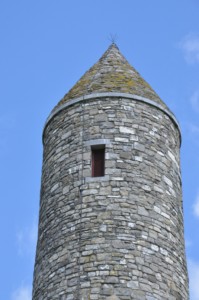
The Round Tower in the Peace Park
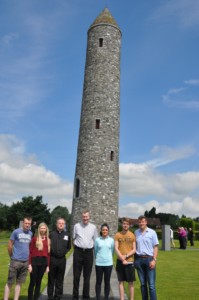
Kildare and Leighlin pilgrims
On Friday afternoon, the group visited Tyne Cot Cemetery, the resting place of nearly 12,000 people and containing a memorial to 35,000 officers and soldiers with no known graves, making it the largest Commonwealth cemetery in the world.
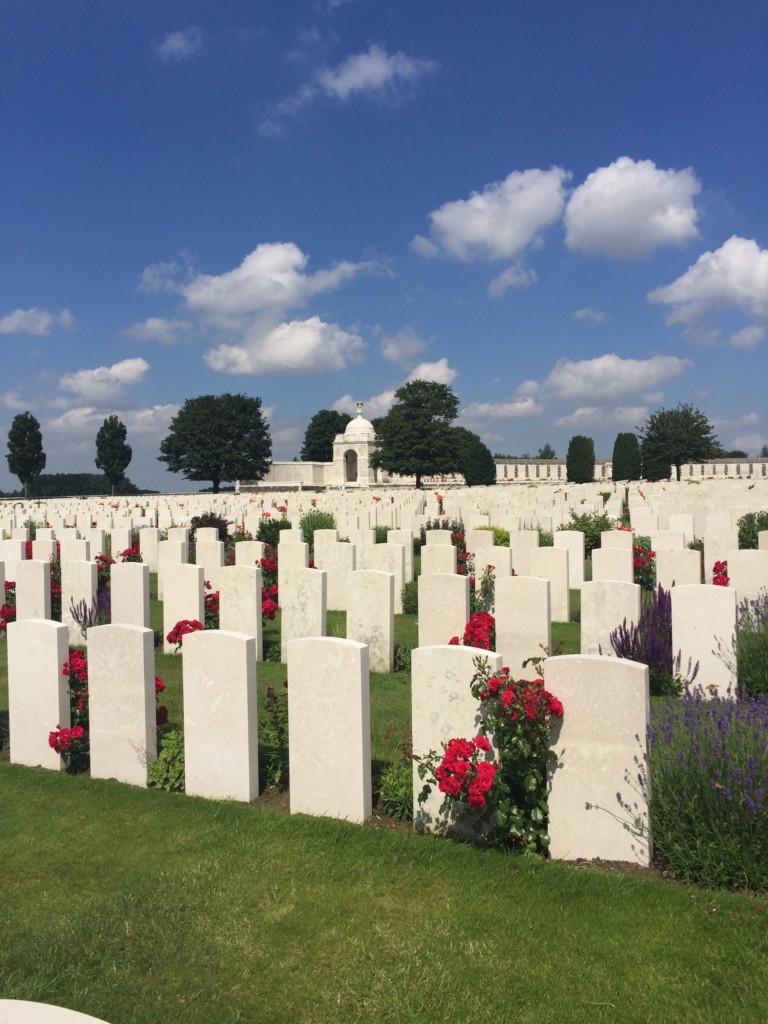
Tyne Cot Cemetery
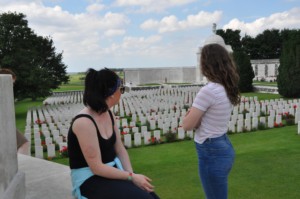
Young pilgrims contemplating the rows of white crosses in Tyne Cot Cemetery
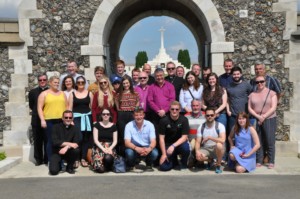
Centenary Pilgrimage Group at Tyne Cot Cemetery
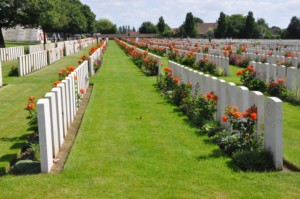
12,000 people are buried in Tyne Cot
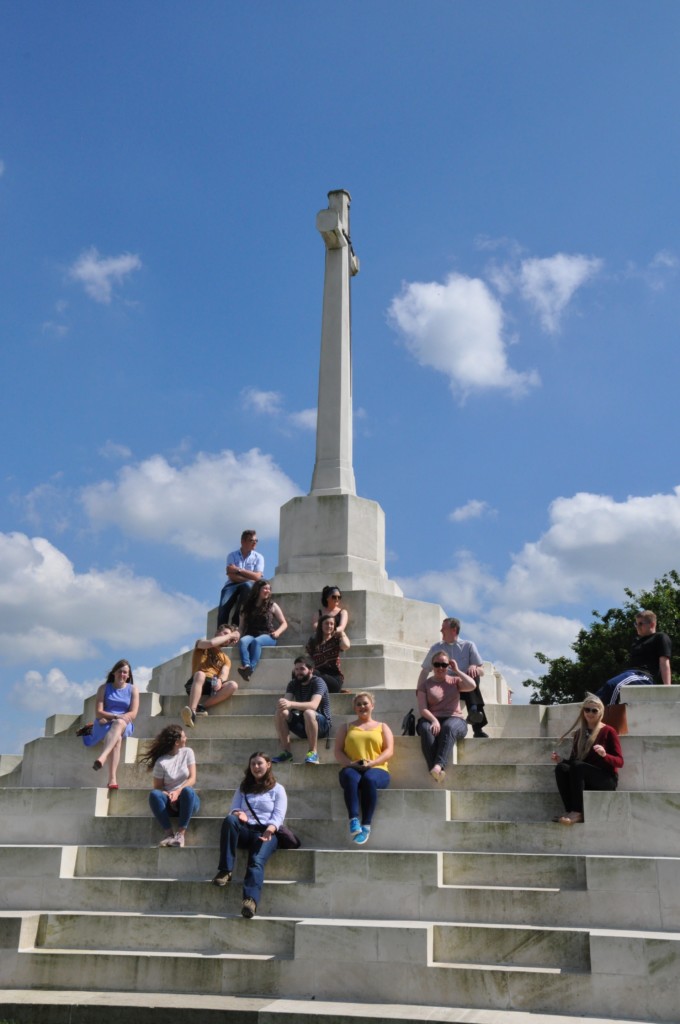
Young pilgrims at the Cross in Tyne Cot Cemetery
The group made a visit to the Memorial Museum at Passchendaele, where it was met by the Irish Ambassador to Belgium, Ambassador Eamonn Mac Aodha.
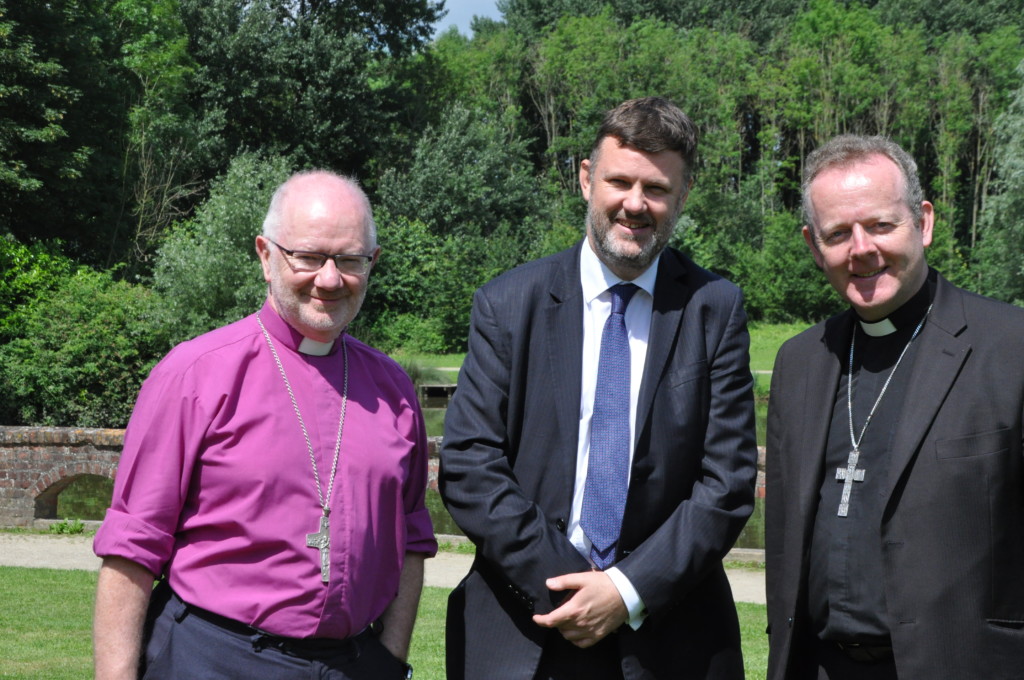
The centenary pilgrimage concluded with a short service marking the Feast of the Birth of Saint John the Baptist at the site of Essex Farm where the Canadian military surgeon Lt Col. John McCrea wrote the poem In Flanders Fields.
In Flanders fields the poppies blow
Between the crosses, row on row,
That mark our place; and in the sky
The larks, still bravely singing, fly
Scarce heard amid the guns below.We are the Dead. Short days ago
We lived, felt dawn, saw sunset glow,
Loved and were loved, and now we lie
In Flanders fields.Take up our quarrel with the foe:
To you from failing hands we throw
The torch; be yours to hold it high.
If ye break faith with us who die
We shall not sleep, though poppies grow
In Flanders fields.
Archbishop Eamon Martin said that he hoped the trip reflected the archbishops’ ‘shared commitment to peace building’ and, through the bringing together of young adults who recognised how those who had died one hundred years ago were often the same age or even younger than themselves, the pilgrimage ‘in some small way contributes to greater understanding of one another and of the importance of peace’.
Archbishop Clarke reflected on the ‘joy’ of being able to participate this year on occasions marking the centenary of the 1916 Rising (in St Patrick’s Cathedral, Dublin) and then also the Battle of the Somme sites at the Ulster Tower and on both occasions being accompanied by Archbishop Eamon. The pilgrimage, he felt, had both been ‘sobering, reflecting the sheer pity of war and its complexity’ but also ‘immensely hopeful’.
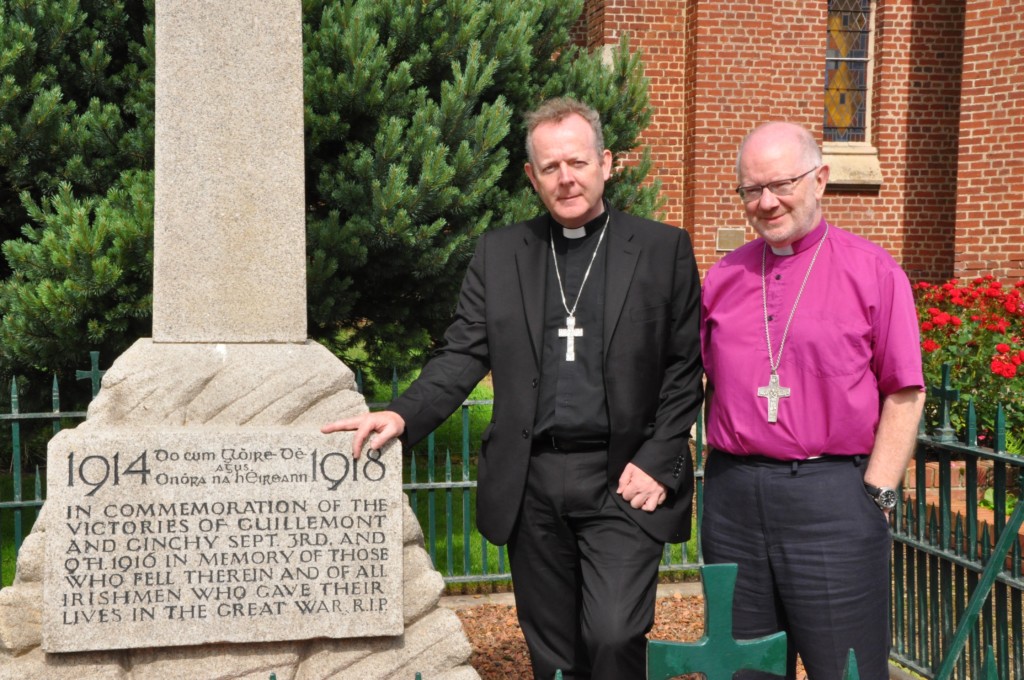
Archbishop Eamon and Archbishop Richard at the memorial to the 16th Irish Division
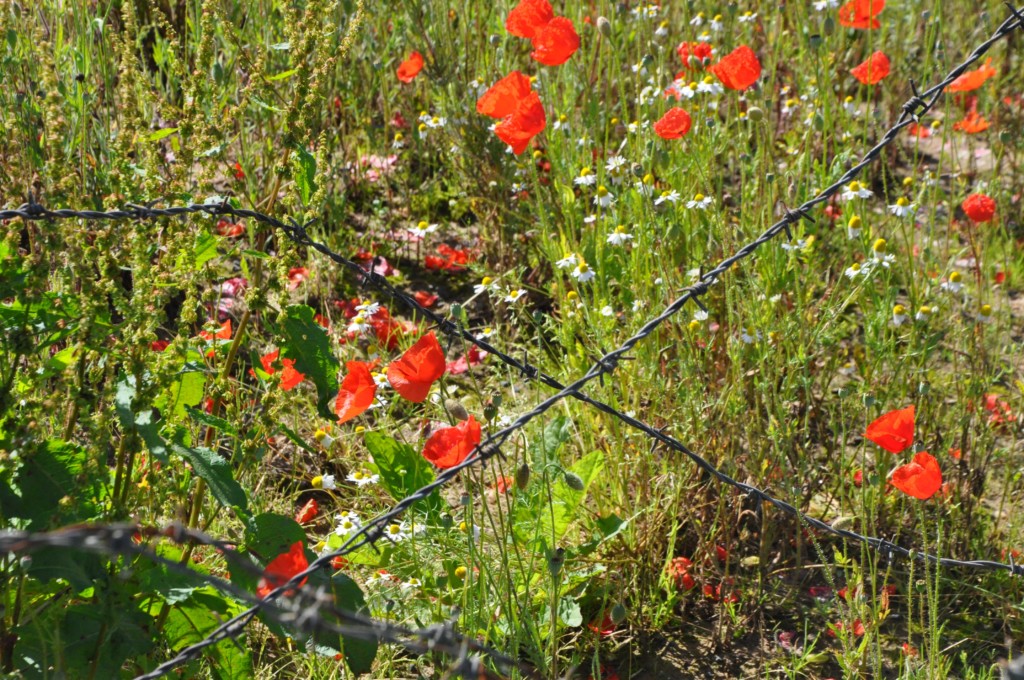
In Flanders fields the poppies blow between the crosses, row on row
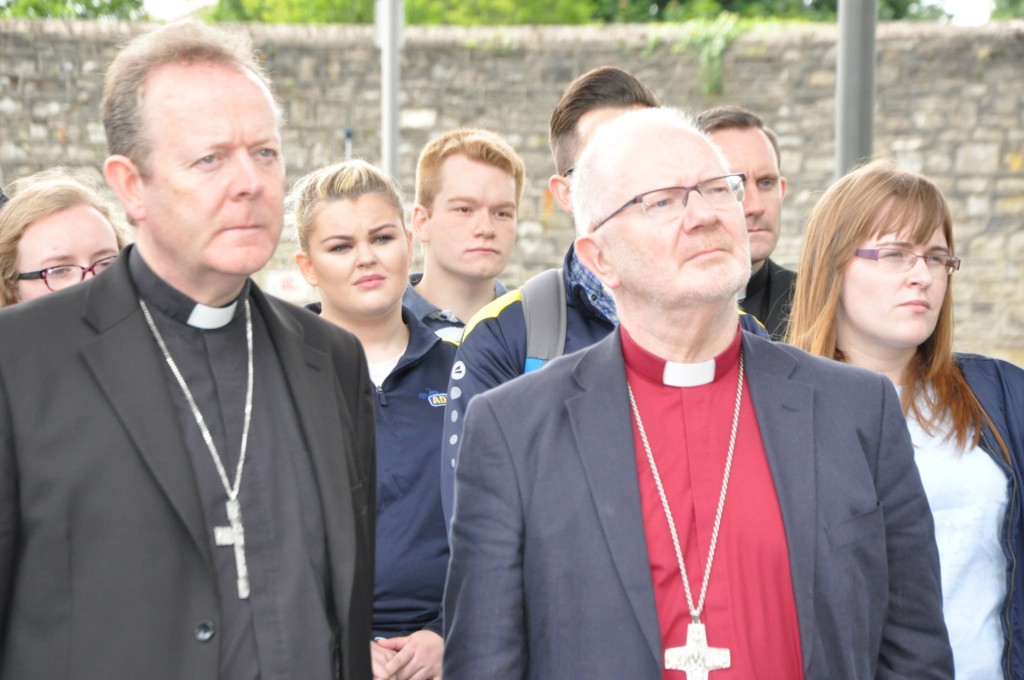
The archbishops with some of the young pilgrims from Armagh and Clogher
The archbishops were also accompanied on the trip by Bishop Denis Nulty, Bishop John McDowell, Mgr Gearoid Dullea, Revd Barry Paine, Father Ruairi O’Domhnaill, Father Ryan McAleer and Canon Shane Forster. The group of young people will meet again in the autumn.
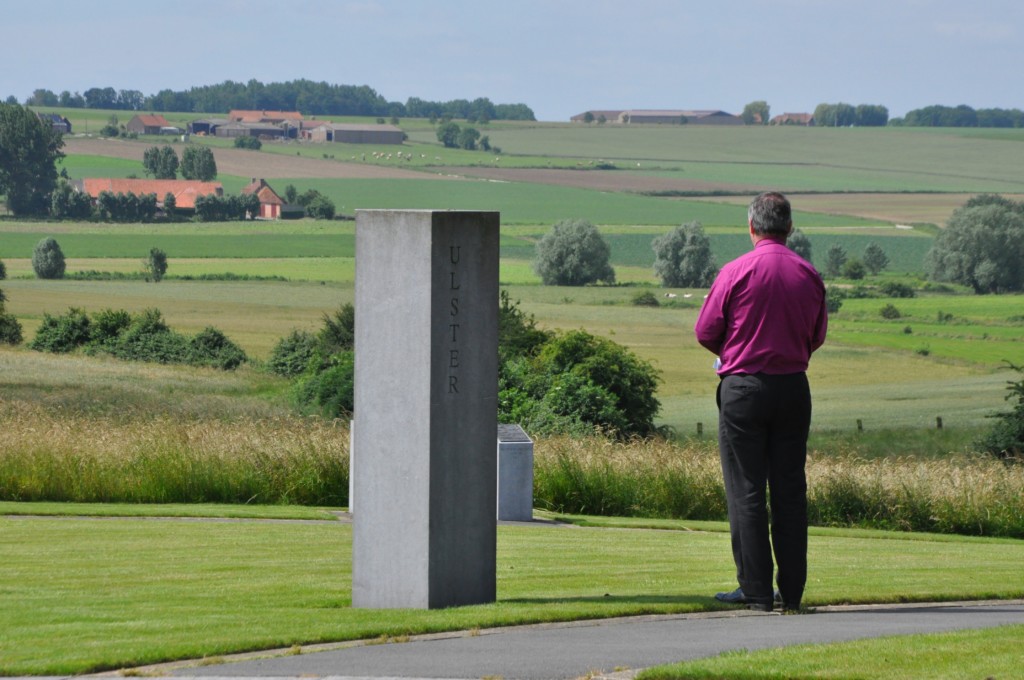
Bishop John McDowell in the Island of Ireland Peace Park
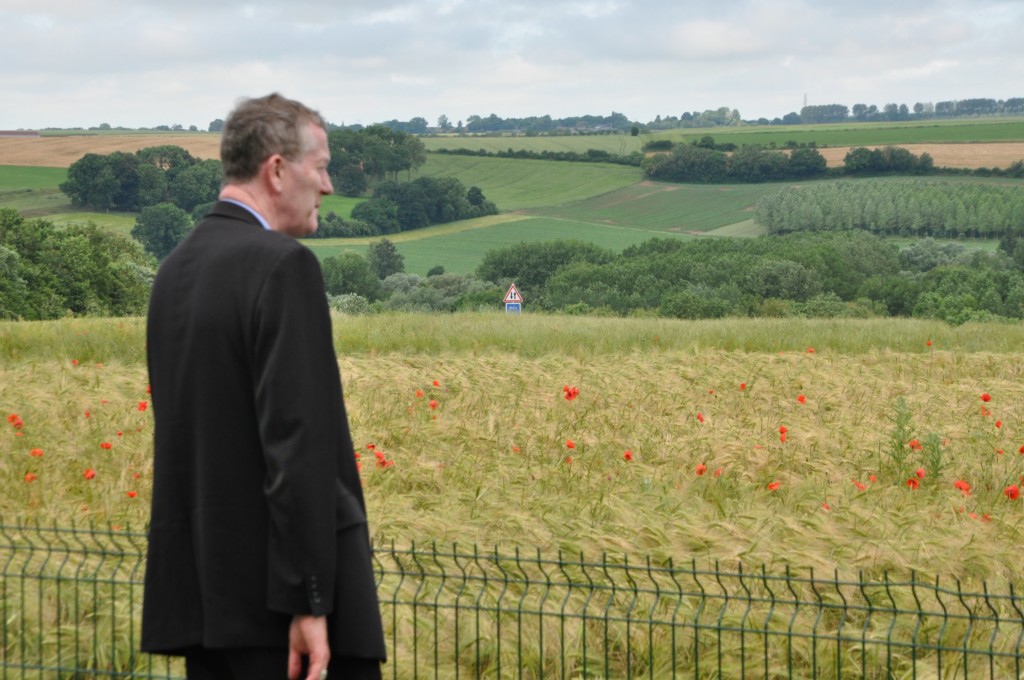
Bishop Denis Nulty near the Ulster Tower
Centenary Pilgrimage Voices
Click below to listen to some of the reactions of the young people who took part in the Somme Centenary Pilgrimage.
Hannah Leonard shares her thoughts on Glasnevin Cemetery and the beginning of the pilgrimage
Ciaran Mc Manus shares his thoughts on the images that will stay with him following the centenary pilgrimage
Hazel Carroll shares what struck her about the stories she heard about the Battle of the Somme
Dermot Kelly, Youth Director for the Catholic Archdiocese of Armagh
Aoibhinn McNeill shares her thoughts on the Centenary Pilgrimage
Speaking at the conclusion of their special centenary pilgrimage the archbishops said, “We hope that our centenary pilgrimage has given leadership to our congregations by engaging together with aspects of our history which perhaps we have not always been comfortable in exploring jointly in the past”.
ENDS

